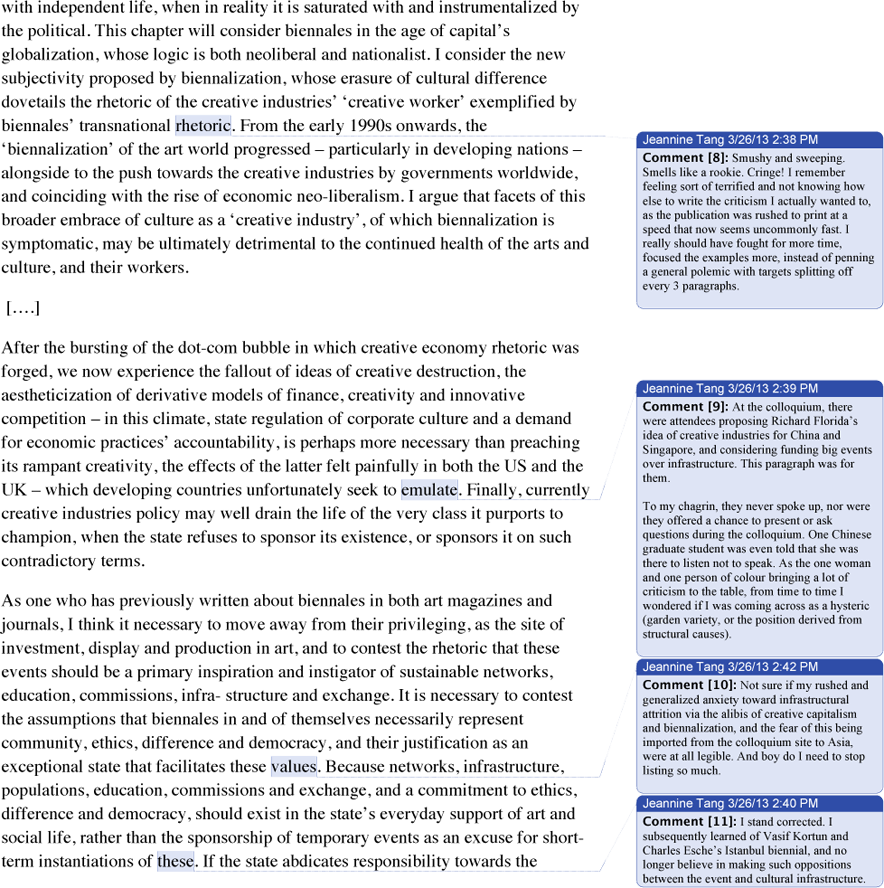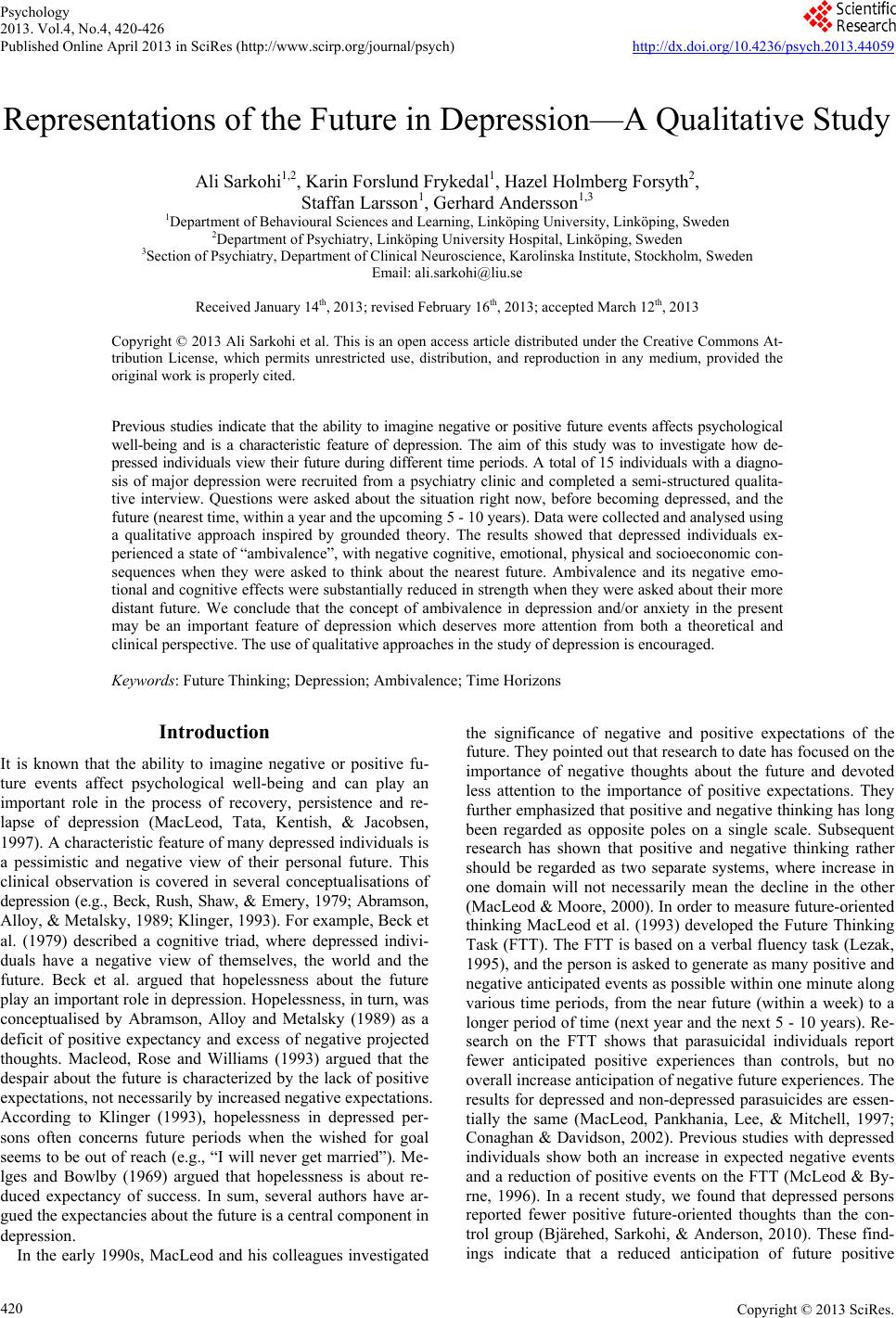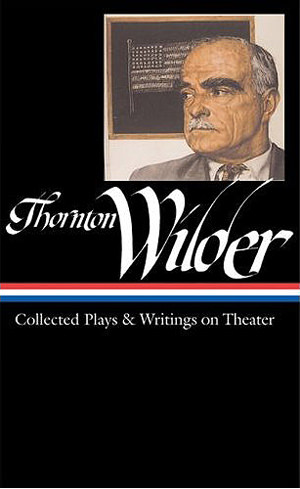Spenser's Amoretti and Epithalamion Summary and Analysis.
Sonnet 23 is one of a sequence of 154 sonnets written by the English playwright and poet William Shakespeare, and is a part of the Fair Youth sequence. In the sonnet, the speaker is not able to adequately speak of his love, because of the intensity of his feelings.Spenser’s Sonnets Analysis Essay During the Elizabethan age, love sonnets were usually written by men communicating their love for unattainable women and displaying courtly love. However, Spenser’s Petrarchan sonnets from the Amoretti sequence break conventional love poetry in many ways and challenge the usual pessimist look at love to give it a buoyant look.Penelope for her Ulisses sake, Deviz'd a Web her wooers to deceave: In which the worke that she all day did make The same at night she did againe unreave, Such subtile craft my Damzell doth conceave, Th'importune suit of my desire to shonne: For all that I in many dayes doo weave, In one short houre I find by her undonne. So when I thinke to end that I begonne, I must begin.
Methought I Saw my Late Espoused Saint (Sonnet 23) Introduction. In 1657, John Milton's second wife, Katherine Woodcock, died after just a little over a year of marriage and three months after giving birth to their daughter, who also died. Five years earlier, Milton experienced a similar loss when his first wife died giving birth to his daughter Deborah.Edmund Spenser Sonnet 67. Edmund Spenser’s Sonnet 67 is one of 85 sonnets from Amoretti which was written about his courtship of Elizabeth Boyle. Spenser and Boyle were married in 1594. Sonnet 67 uses a hunting themed metaphor common in 16th century England comparing the woman to a deer and the man to a huntsman in pursuit. Sonnet 67 appears.

Tips for literary analysis essay about Sonnet 23 by John Milton. Toggle Navigation. Home; Top poets; All poets; Topics; Articles; Analyze a poem online; Sonnet 23 by John Milton: poem analysis. Home; John Milton; Analyses; This is an analysis of the poem Sonnet 23 that begins with: XXIII Methought I saw my late espoused saint. full text. Elements of the verse: questions and answers. The.












